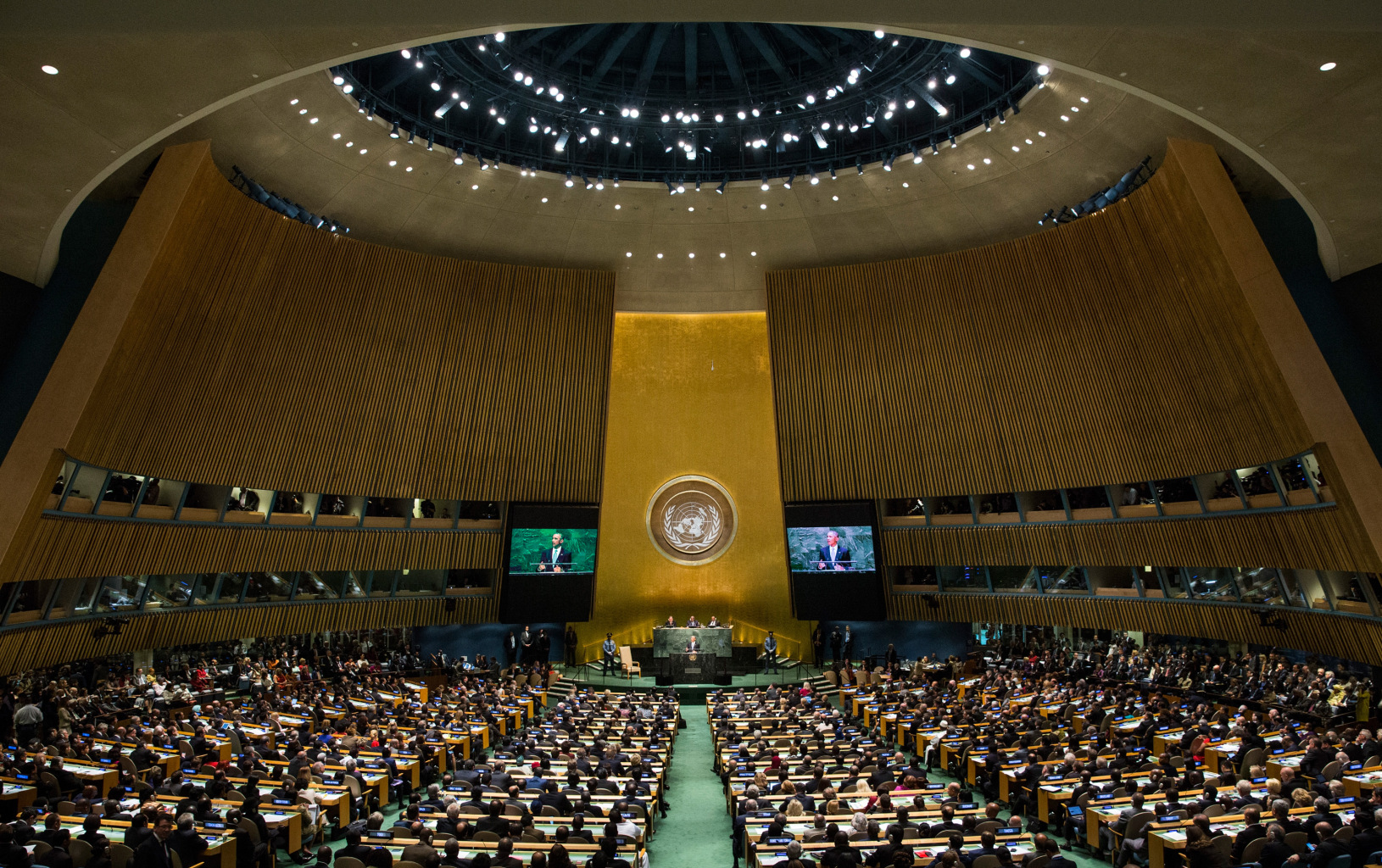
Consensus Building at the United Nations

American Model United Nations seeks to provide a realistic simulation of the proceedings of the United Nations in New York. Over the course of the four-day conference, representatives discuss appropriate responses to different topics on the world agenda, prepare resolutions and usually vote on their passage. This is a close model to the process of the United Nations, but that last step—voting on the passage of a resolution—does not occur all that often. Instead, the vast majority of resolutions are adopted by consensus, that is, without a vote. In the 71st session of the General Assembly, 330 resolutions were adopted; 247, or 75 percent were adopted by consensus, only 83 of them were voted upon. Further, two-thirds of these contested resolutions had fewer than ten Member States voting against passage. At the United Nations, an emphasis is put on showing a united international front towards the issues facing the world. After all, due to the non-binding nature of United Nations resolutions and reports (except in the Security Council), success depends on international cooperation across the board.
The importance of consensus was an idea that has developed over the course of the United Nations’ existence. In the early years, when United Nations Member States numbered around 50 to 60, the General Assembly looked very similar to modern Model United Nations simulations, with resolutions typically adopted by majority vote. At the 10th session in 1955, only 28 of the 93 resolutions adopted that year were done by consensus. However, as membership in the United Nations grew over the succeeding years, the Member States recognized that consensus, rather than majority, was a more effective way of expressing global desires.
In the modern era, there is a real difference in impact between a resolution passed by consensus and one passed by majority vote. In 2015, the General Assembly passed a resolution relating to protecting human rights defenders with a vote of 127-14-41. Despite the very strong majority of support, this fell short of previous, similar, resolutions on the topic in 2011 and 2013 which attained consensus. Human rights organizations reacted negatively, despite winning the vote, with the Human Rights House Network commenting, “It is unprecedented in the UN system for States to force a vote on a resolution on human rights defenders.”
Similarly, the adoption by consensus of an Israeli-led resolution in the Commission on the Status of Women (CSW) made headlines as the first consensus on a resolution introduced by that State, particularly in a Commission containing traditional critics of Israel, such as Iran and Qatar. The Israeli Ambassador hailed this consensus was a “noteworthy achievement and an additional step towards the realization of Israel as a significant player at the UN.” It is worth noting, however, that the CSW is a report-writing body, and the effect of passage was to recommend the resolution to the Economic and Social Council.
It is a common problem for Model United Nations simulations to rely too much on majority votes; the official United Nations outreach page for MUN notes that “[t]his way of operating is stuck in the past and does not reflect how the UN has changed.” Often, it appears that representatives’ goals are to merely pass a favorable resolution that addresses the topic. Instead, representatives should set their sights higher, and aim for passing their resolutions by consensus.
Keep Up With The Accords
More to read
The AMUN Accords is a premier resource for fact-based Model United Nations simulations. We are always looking for new contributors. Want to write for the AMUN Accords? Check out out the submission guidelines and then get in touch!




